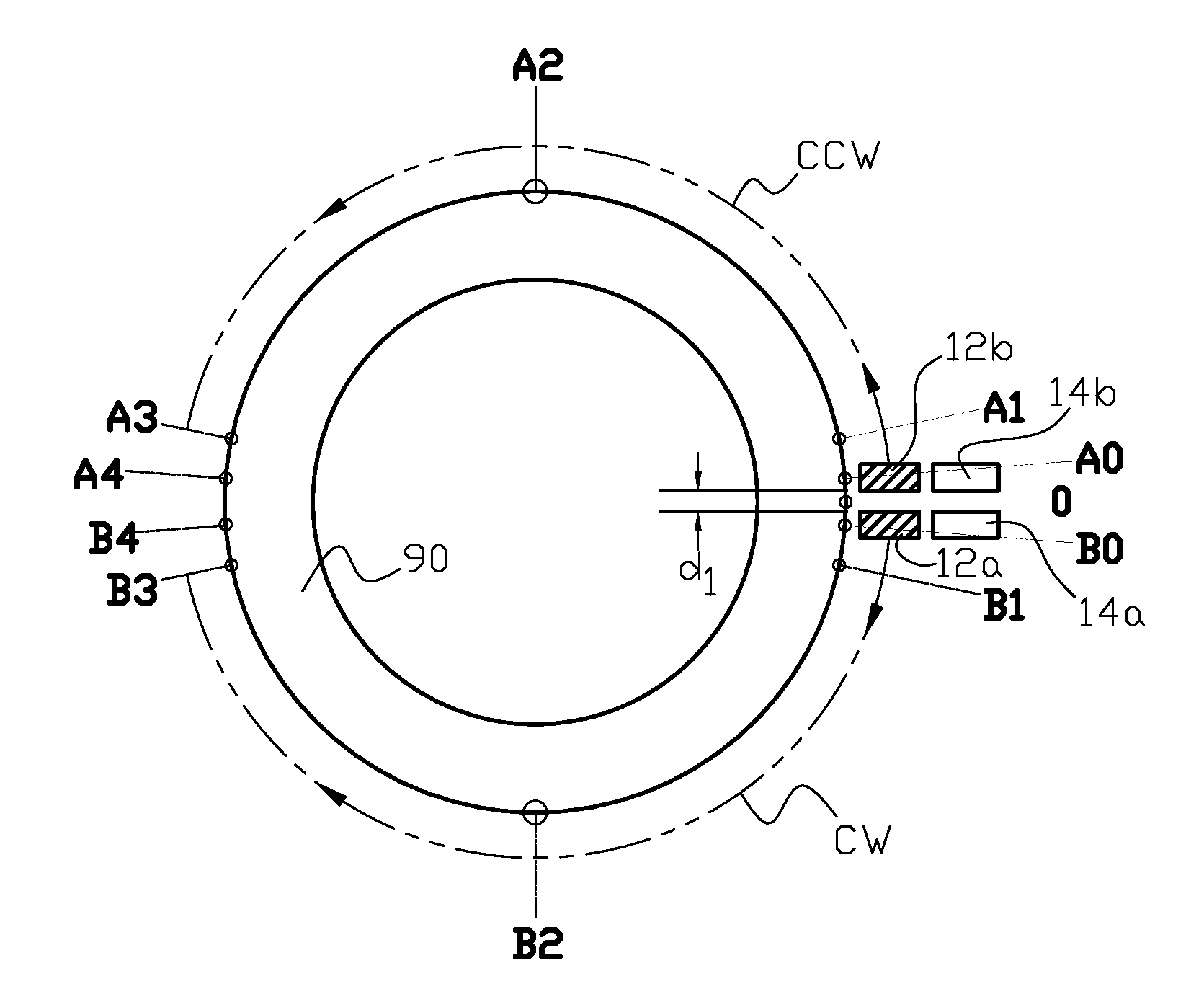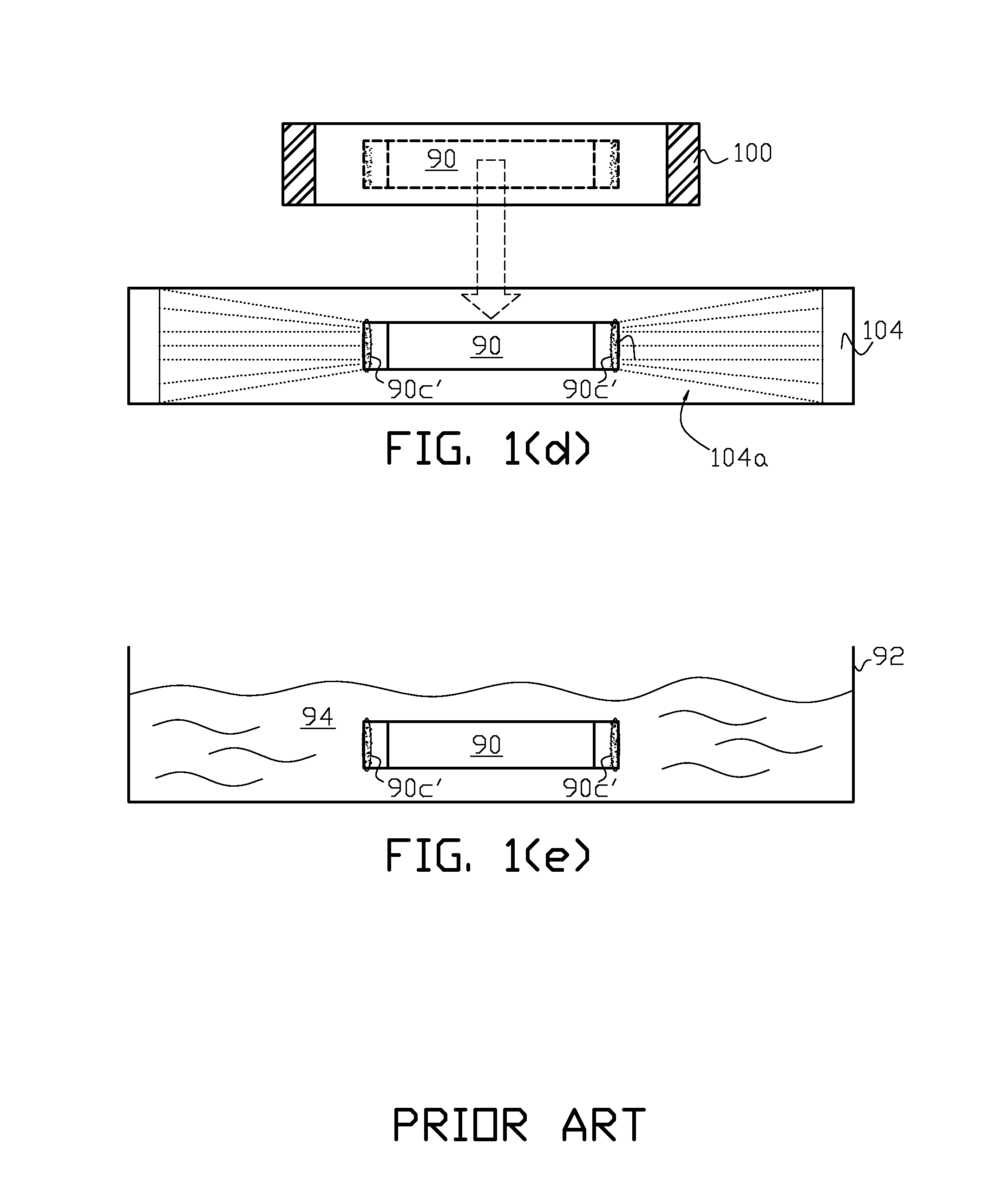Induction heat treatment of an annular workpiece
a technology of induction heat treatment and annular workpiece, which is applied in the direction of heat treatment apparatus, electric/magnetic/electromagnetic heating, furnaces, etc., can solve the problems of reducing requiring high-power induction heating sources, and a large amount of power. achieve the effect of enhancing the metallurgical uniformity of the annular workpi
- Summary
- Abstract
- Description
- Claims
- Application Information
AI Technical Summary
Benefits of technology
Problems solved by technology
Method used
Image
Examples
Embodiment Construction
[0031]The term annular (ring) workpiece is used to describe an annular component, such as, but not limited to, a large roller or ball bearing race. Such bearing races can be used, for example, in thrust bearings in wind turbines that are capable of producing electric power in the megawatt range. If the workpiece is a large bearing race, the surface, or surfaces that may be induction heat treated are the inner and outer circular races (90a and 90a′ respectively in FIG. 1(a)) and axial races (90b in FIG. 1(a); lower axial race not visible). The relative term “large” is used herein to describe an annular workpiece sufficiently large to be affected by the deficiencies described above for the prior art dual inductor scan induction heat treatment process; such an annular workpiece typically has an inside diameter of approximately one meter or larger.
[0032]An example of the induction metallurgical heat treatment process of the present invention is illustrated in FIG. 6(a) through FIG. 7(f)...
PUM
| Property | Measurement | Unit |
|---|---|---|
| Length | aaaaa | aaaaa |
| Angle | aaaaa | aaaaa |
| Power | aaaaa | aaaaa |
Abstract
Description
Claims
Application Information
 Login to View More
Login to View More - R&D
- Intellectual Property
- Life Sciences
- Materials
- Tech Scout
- Unparalleled Data Quality
- Higher Quality Content
- 60% Fewer Hallucinations
Browse by: Latest US Patents, China's latest patents, Technical Efficacy Thesaurus, Application Domain, Technology Topic, Popular Technical Reports.
© 2025 PatSnap. All rights reserved.Legal|Privacy policy|Modern Slavery Act Transparency Statement|Sitemap|About US| Contact US: help@patsnap.com



